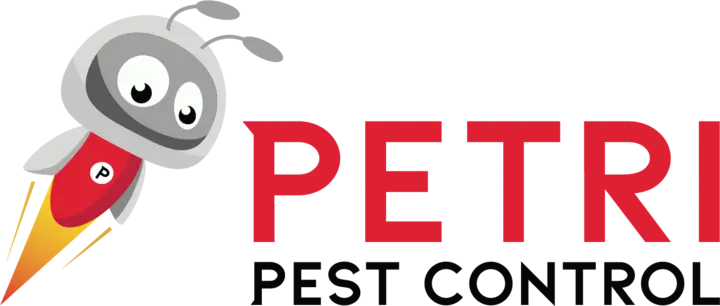Because drywood termites live in the wood they infest, drywood termite activity may go unnoticed for a long time. Drywood termites have adapted to living indoors without needing to be near a water source. One tell-tale sign of drywood termite activity can show up as piles of saw-dust looking material, called “frass.” Upon closer inspection, these piles of frass consist of distinct six-sided pellets that drywood termites excrete. Drywood termites’ digestive systems use the moisture from the wood they have eaten to form these barrel-shaped pellets that they expel from their living chambers through “kick-out” holes.
Other signs of drywood termite activity include:
- Discarded wings on windowsills after termites swarm during mating season
- Warped or blistered floors, walls, and doors that look like water damage
- Surfaces that sound hollow when tapped and appear transparent
- Surfaces that a sharp object, such as a screwdriver can poke a hole through easily
- Furniture that appears unstable
- Doors and windows that don’t open and close easily
- Clicking noises in wooden surfaces
If you have noticed any of these signs of drywood termite activity in your home or business, do not hesitate to contact a professional pest control company with termite experience, such as Petri Pest Control Services. With over 60 years of experience in the industry, our knowledgeable team is well versed in common pest control issues in South Florida. A thorough inspection will help our team determine the best method for treatment – tent or no tent. Across Broward County and Palm Beach County, you can count on us to get your drywood termite infestation under control.
What Are Signs Of Drywood Termites in South Florida
Serving Broward County and Palm Beach County
